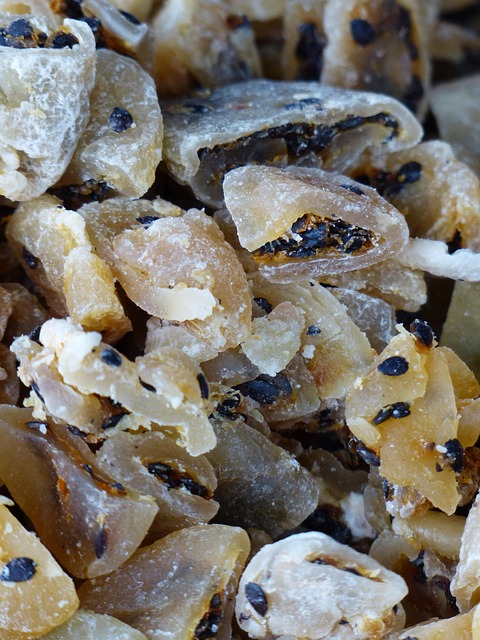Warts caused by HPV spread through direct contact, weak immune systems, and environmental factors. Preventative measures include cleanliness, protective footwear, and hygiene. Painless removal options include OTC treatments (salicylic acid, tea tree oil), home remedies (apple cider vinegar, duct tape), and clinical procedures (cryotherapy, laser). Post-removal care involves cleaning, moisturizing, avoiding contact with infected areas, and using topical salicylic acid. SEO keyword: painless wart removal method
Looking for a cheap yet effective wart removal solution? Warts can be unsightly and uncomfortable, but there’s no need to break the bank for relief. This comprehensive guide explores various painless wart removal methods, from over-the-counter treatments and DIY home remedies to clinical procedures and modern laser therapy. Discover how to understand wart causes, prevent recurrence, and choose the best option for your needs, all without spending a fortune.
- Understanding Wart Causes and Common Triggers
- Over-the-Counter Topical Treatments Explored
- DIY Home Remedies for Painless Removal
- Clinical Procedures: Safe and Effective Options
- Laser Therapy: A Modern Approach to Wart Removal
- Preventing Wart Recurrence: Post-Removal Care Tips
Understanding Wart Causes and Common Triggers
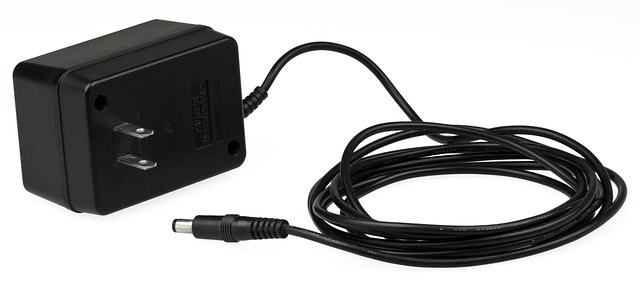
Warts are small, rough growths on the skin caused by a type of human papillomavirus (HPV). They can appear anywhere but are most common on the hands and feet. Understanding what causes warts and their triggers is key to effective management and even painless wart removal methods. Common causes include direct contact with infected individuals or contaminated surfaces, weak immune systems, and certain skin conditions. Triggers can vary from person to person, including frequent hand-to-ground contact, walking barefoot in public areas, and poor hygiene practices.
Geographical locations also play a role; for instance, regions with warmer climates and high humidity levels might contribute to the development of warts due to increased perspiration and moisture. Moreover, specific communities or social settings where skin-to-skin contact is frequent, like swimming pools or gyms, can increase the risk. Recognizing these factors can help individuals take preventive measures, such as keeping hands clean, wearing protective footwear, and maintaining good hygiene, which are essential in managing and reducing wart occurrences, especially when considering affordable and accessible private wart removal options, like those offered in areas like Wolverhampton (wart removal West-Midlands), Guildford, or Gillingham (wart removal Kent).
Over-the-Counter Topical Treatments Explored
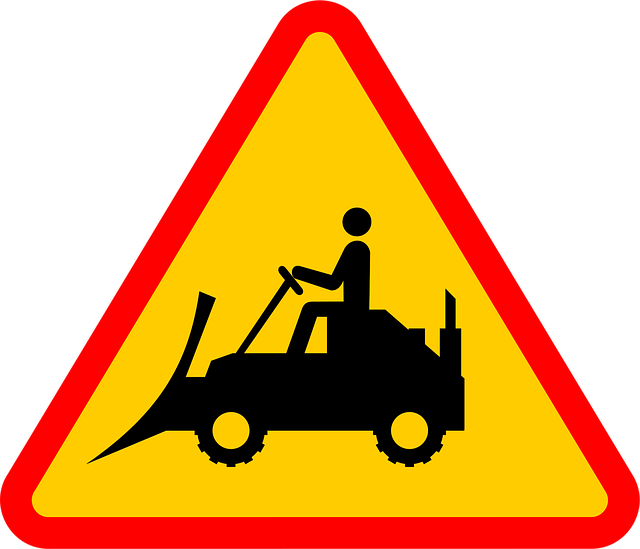
Over-the-counter (OTC) treatments offer a convenient and relatively inexpensive approach to painless wart removal methods. These topical applications are widely available and designed to target and eliminate warts effectively. One popular option is salicylic acid, which works by dissolving the dead skin cells that make up the wart. It’s a gentle yet powerful ingredient found in many OTC medications, making it suitable for home use.
Another natural approach involves herbal remedies for removing warts, such as tea tree oil and apple cider vinegar. These alternatives have been used for centuries and are known for their antimicrobial properties. Applying these substances directly to the wart can help combat the virus and promote its removal without causing significant discomfort. Additionally, maintaining good hygiene and taking preventive measures like avoiding direct contact with infected individuals or contaminated surfaces is crucial in how to prevent the spread of warts, ensuring a healthier environment and reducing the risk of future infections.
DIY Home Remedies for Painless Removal
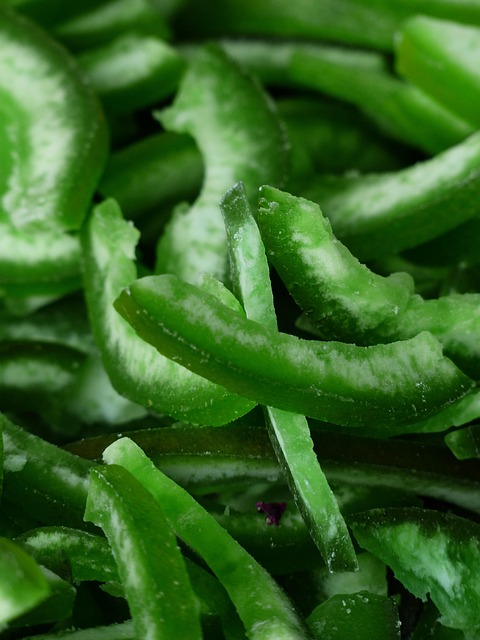
Many people opt for DIY home remedies as a painless wart removal method, avoiding the potential side effects and costs associated with medical treatments. Some common kitchen ingredients like apple cider vinegar, duct tape, and garlic have shown promising results. Apple cider vinegar, for instance, has acidic properties that can help dissolve the outer layer of the wart, while duct tape creates a seal, trapping moisture and aiding in the body’s natural immune response to eliminate the growth.
In terms of private wart removal Bristol, London, or even Wolverhampton in the West Midlands, these home remedies offer a more discreet and cost-effective alternative. While it might take several applications and patience, many users have reported success in getting rid of warts without seeking professional treatment, saving them a trip to a specialist and the associated costs.
Clinical Procedures: Safe and Effective Options
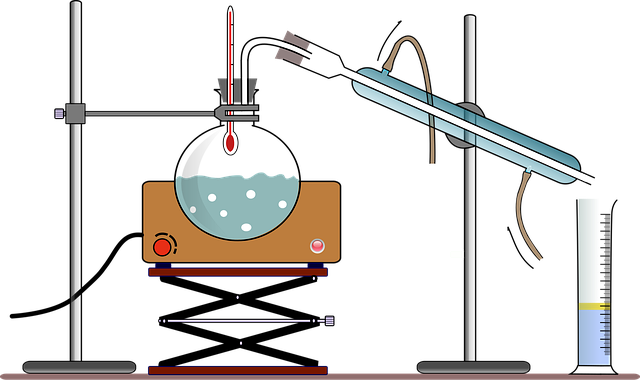
When considering wart removal, it’s crucial to explore both at-home remedies and clinical procedures for effective yet affordable options. Many over-the-counter treatments are available, offering a convenient and relatively inexpensive approach to wart elimination. However, for more persistent or painful warts, visiting a clinic becomes an ideal solution.
In the UK, places like the Merseyside St-Helens Wart Clinic and Canterbury Wart Clinic cater to individuals seeking safe and painless wart removal methods. These clinics utilise modern techniques such as cryotherapy (freezing) and laser treatments, which have proven successful in removing warts without causing significant discomfort. Such procedures ensure minimal downtime and often yield faster results compared to traditional at-home remedies.
Laser Therapy: A Modern Approach to Wart Removal

Laser therapy has emerged as a modern and effective approach to wart removal, offering a painless alternative to traditional methods. This advanced technique utilizes concentrated light energy to target and destroy wart tissue while minimizing damage to surrounding healthy skin. It’s particularly appealing for those seeking a swift and comfortable solution, eliminating the need for harsh chemicals or repeated medical procedures.
Bolton wart clinic and private wart removal Manchester are options that offer this innovative treatment, providing natural alternatives to salicylic acid. The laser beam precisely ablates the wart, stimulating the body’s natural immune response to clear the infection. This method is often quicker than other treatments and can be highly effective for various types of warts, ensuring a smoother journey towards wart-free skin.
Preventing Wart Recurrence: Post-Removal Care Tips

After successfully removing a wart using a cheap yet effective method like Epsom salt or Bristol paste, preventing its recurrence is essential. One crucial step is to maintain good hygiene and keep the affected area clean and dry. Regularly cleaning and moisturizing the skin can help restore its natural barrier, making it less susceptible to viral infections. Avoid picking at the area and wear protective footwear in public places, especially around swimming pools or gyms, where warts can easily spread.
Additionally, consider using topical creams for wart removal as part of your post-removal care routine. These over-the-counter options often contain salicylic acid or other active ingredients that can help smoothen the skin and prevent new warts from forming. Remember, while these tips enhance prevention, they don’t guarantee 100% protection against future warts. However, when combined with a painless wart removal method, they can significantly reduce the likelihood of recurrence.
When exploring effective yet inexpensive wart removal options, it’s evident that a multi-faceted approach can yield the best results. Over-the-counter treatments offer convenience and accessibility, while DIY remedies provide cost-saving alternatives with minimal side effects. For persistent or painful warts, clinical procedures and laser therapy deliver rapid and safe solutions. To ensure long-term prevention, implementing post-removal care tips is essential, significantly reducing the likelihood of wart recurrence. Among these methods, finding a painless wart removal method that suits your needs and budget can finally put an end to unsightly and uncomfortable growths.
